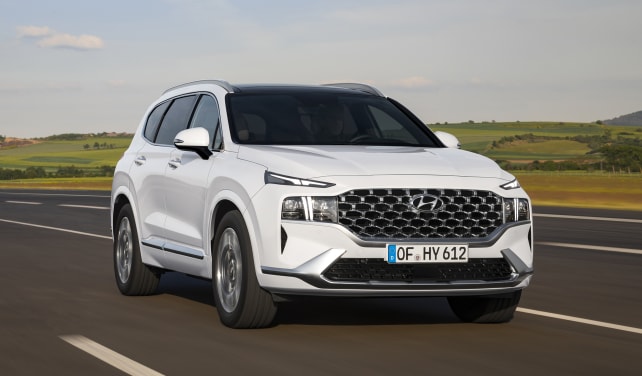


While PHEVs' share of EV sales is predicted to drop in many countries, it's on the rise in the world's largest auto market. Some states, like Tasmania, already have 100 per cent renewable electricity generation.ĮV owners can also charge directly from rooftop solar panels. He also noted that Australia's electricity would soon mostly be sourced from renewables. "There is a push from a couple of companies to keep the plug-in hybrid alive for as long as possible," he said. It's not clear what modelling or assumptions this claim is based on, and Professor Dia said it probably wouldn't pass scrutiny. Those most invested in PHEV technology have claimed that in countries with electricity sourced from burning coal, such as Australia, PHEVs have lower emissions than BEVs (which use more electricity). "But not by the percentages with which they have been promoted to us." "PHEVs do reduce emissions compared with a petrol or diesel vehicle," he said.

Professor Dia expects subsidies will be quietly withdrawn for PHEVs in coming years, as the technology is surpassed by BEVs. Some states provide incentives for PHEVs while others limit this support to "zero-emission vehicles", a category that generally does not include PHEVs.

PHEVs won't be exempt from the fringe benefits tax after 2025.Īt the state and territory level, it's more complicated. Late last year, the Greens and independent senator David Pocock argued against PHEVs being classed as EVs, securing amendments that limited the level of government support they received. The outcome will determine what cars manufacturers sell in Australia, and which ones receive purchase subsidies. This is one of the questions up for debate. Most of the cars sold in Australia, including BEVs, are made in Asia. "In Asia, the energy used in manufacturing process comes from dirty coal," he said. He noted that vehicles manufactured in the US and Europe typically have lower production emissions, due to the greater proportion of renewables in the energy mix, compared with Asia. John Rose, a professor of sustainable transport at the University of Sydney, said BEVs generally have slightly higher emissions associated with their production than ICEVs.īut these are heavily outweighed by the lower operations emissions. Here's a snapshot of the life cycle emissions of ICE, PHEV and BEV cars sold in Europe, from a study published last year. The bad news is the modelling often isn't specific to Australia. The good news is that the life cycle emissions of many car models have been independently modelled. Do PHEVs emit less than standard petrol or diesel cars?īut emissions associated with operating the car is only one element of all the emissions tied to vehicle ownership.Ī car's total "life cycle emissions" also includes emissions associated with manufacturing and disposal. These revelations have led to the European Union adopting an amendment, which comes into effect in 2027, that more than doubles its official estimate of the CO2 output of PHEVs. The following year, another European study found some PHEVs pollute three times more than their official rating when driven on a typical commuter route. "When they did the real-life study they found for private cars the electric motor kicked in 50 per cent of the time."Īnd for company cars, which are driven more often and for longer distances, the electric motor was only used 15 per cent of the time. "The testing procedure said the vehicle would drive around 70–80 per cent on electric motor," Professor Dia said. The combustion engine generally kicked in much more often than realised when the car was driven in "real-world" conditions. It found PHEVs consumed three to five times more fuel than had been officially declared and communicated to consumers One of these, a 2022 study by the Washington DC-based International Council of Clean Transportation (ICCCT), tested 9,000 private and company PHEVs in Europe. In recent years, a series of studies has shown PHEVs are much dirtier than previously thought PHEV sales are still rising, but their market share is falling sharply. In the past year, however, fully battery electric SUV sales have outstripped those of plug-in hybrid SUVs. "From a sustainability point of view they were meant as a transition technology, not the end game." "A lot of people have become sceptical of PHEVs," Professor Dia said. To an extent, EV statistics were hiding an increase in the sale of large cars that continued to burn fossil fuels. This was concerning on environmental grounds, as a PHEV SUV can be just as polluting as some low-emission ICEVs.


 0 kommentar(er)
0 kommentar(er)
